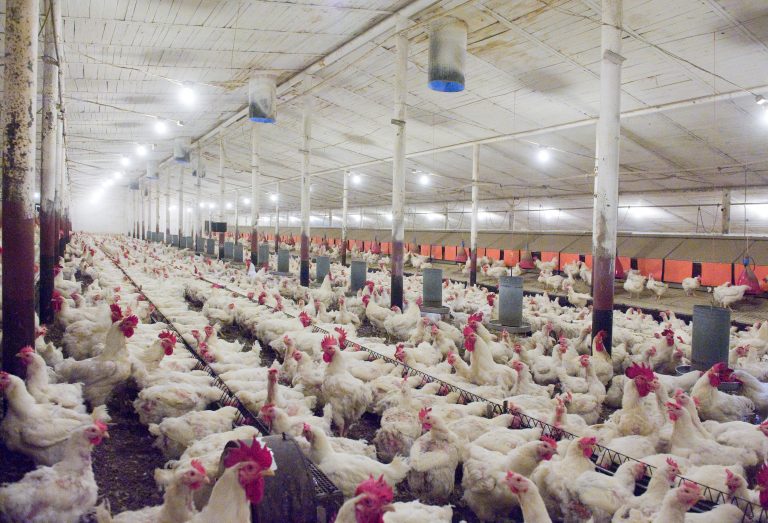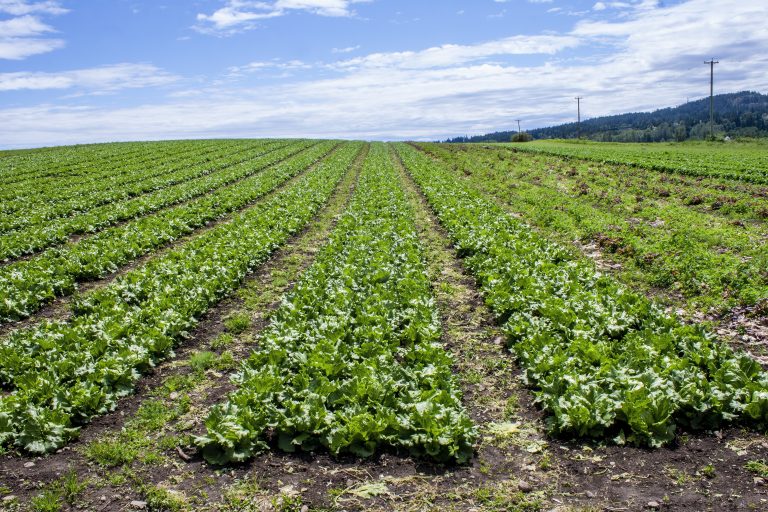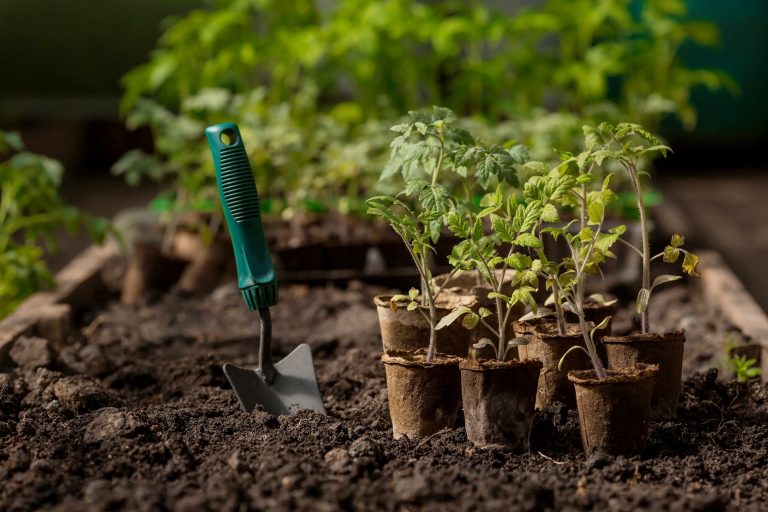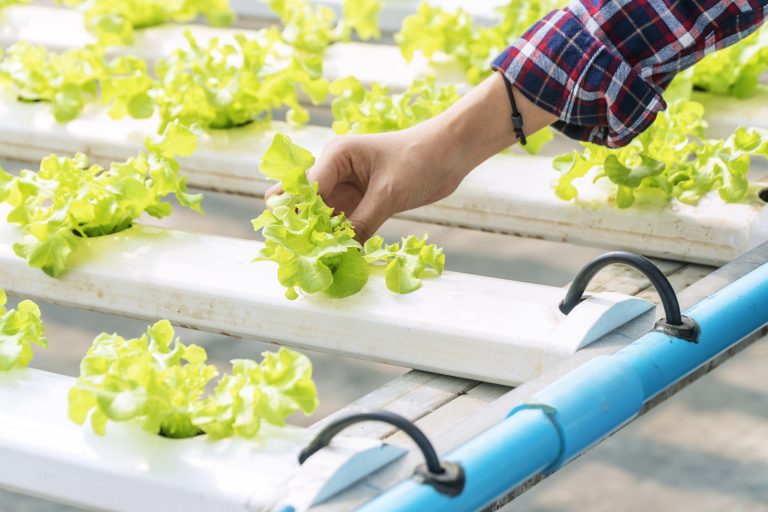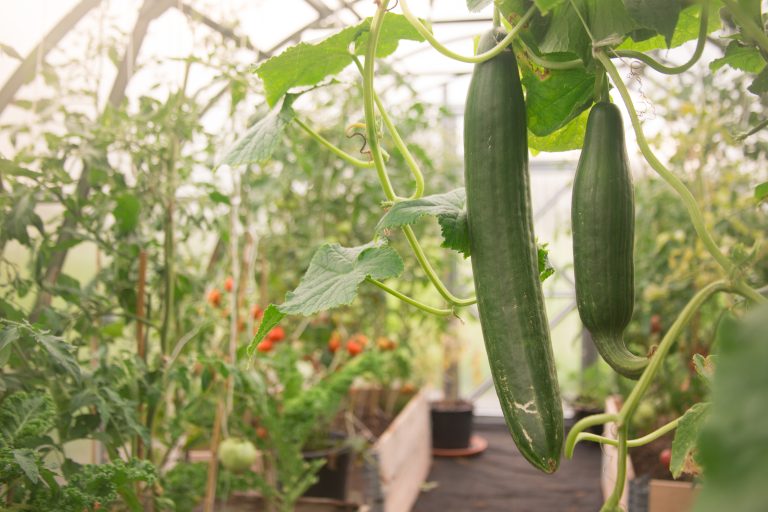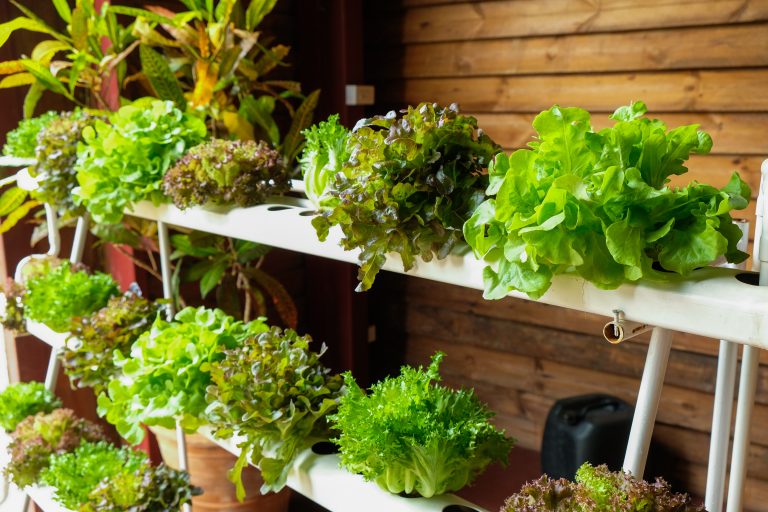5 Reasons Hydroponic Gardening Is a Cash Crop!
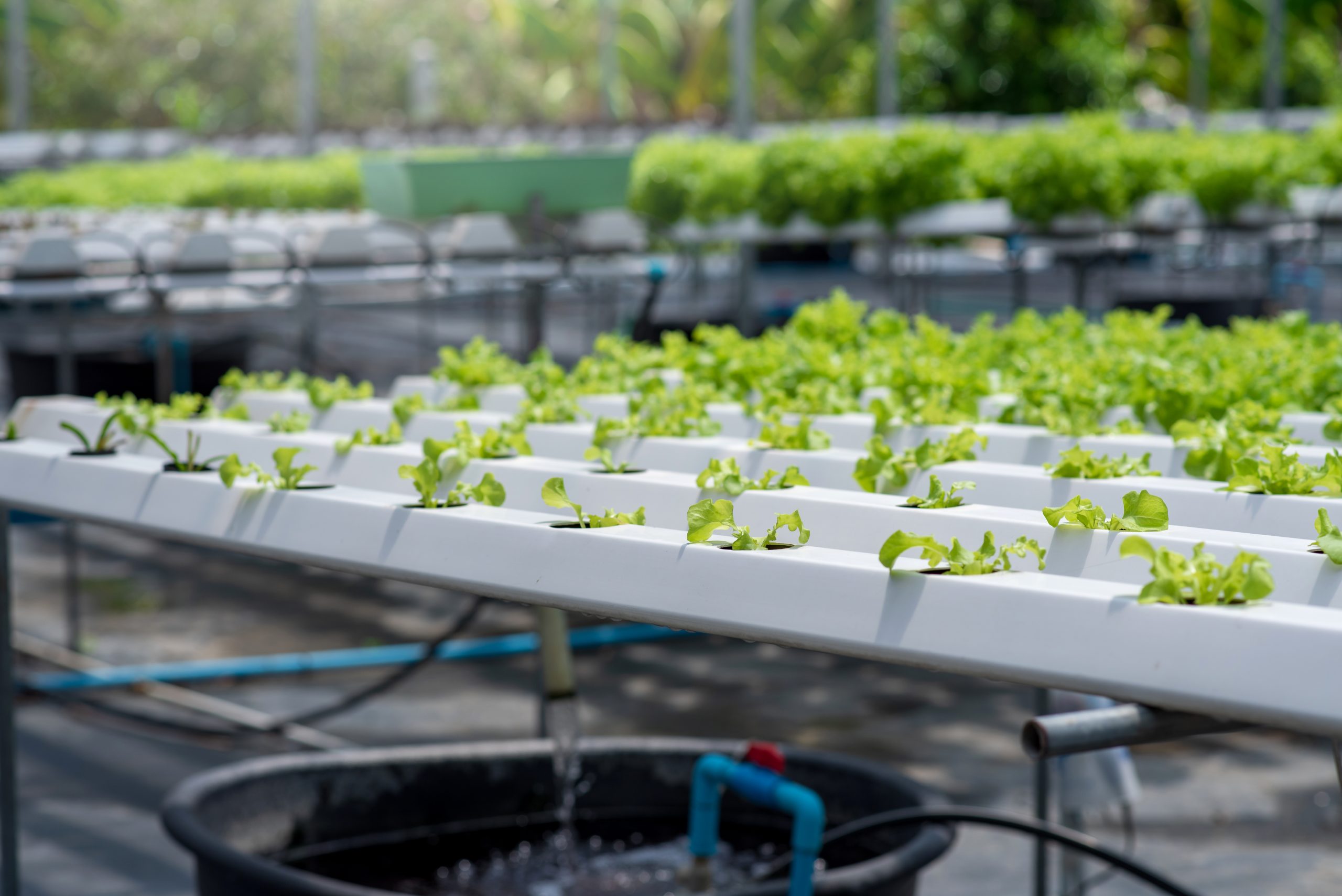
If you’ve ever dreamed of growing a green empire right in your urban jungle, hydroponic gardening might just be your golden ticket. Let’s dig into why this innovative farming method could line your pockets while you’re knee-deep in greens, not soil.
Hydroponic gardening is the sci-fi twist on traditional farming—think soilless cultivation on steroids. Plants, nourished by a nutrient-rich water solution instead of soil, thrive in this revolutionary method, making it a game-changer for urban gardeners.
Transform your rooftop, balcony, or closet into a high-tech mini-farm without getting your hands dirty, creating a cleaner, controlled, and pest-resistant plant haven that feels like a futuristic science lab where nature and technology high-five each other.
1. Faster Plant Growth
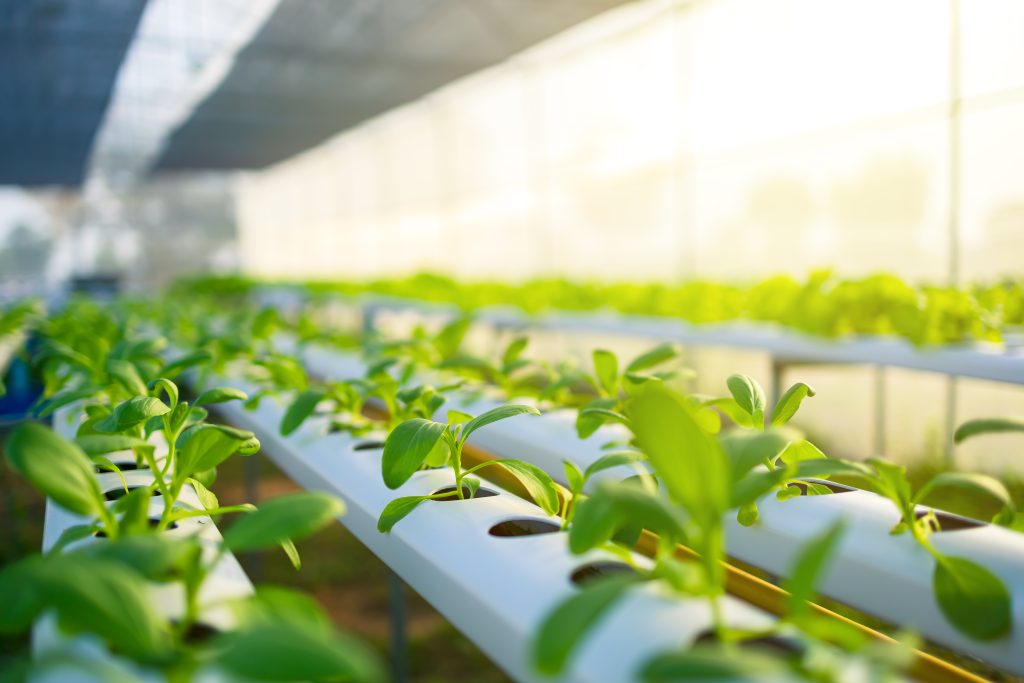
With hydroponics, you’ll feel like you’ve hit the fast-forward button on plant growth. The plants have direct access to nutrients and oxygen, which means they can focus on growing up big and strong, without the struggle of searching through soil for their food. It’s like they’re living on an all-you-can-eat buffet, and boy, do they feast!
Hey hey! Don’t forget to subscribe to get our best content 🙂
I once had a head of lettuce that grew so fast in my hydroponic setup, that I swear it was like a Chia Pet on overdrive. In ideal conditions, some plants can mature up to 25% faster than their soil-bound cousins. This means you can harvest and sell your crops more frequently, keeping your customers—and your wallet—happy.
Hydroponically grown plants also tend to be more uniform, which is a big plus when you’re aiming for consistent quality. No more playing favorites with the plants in your garden; everybody gets to be a front-runner.
2. Year-Round Harvests
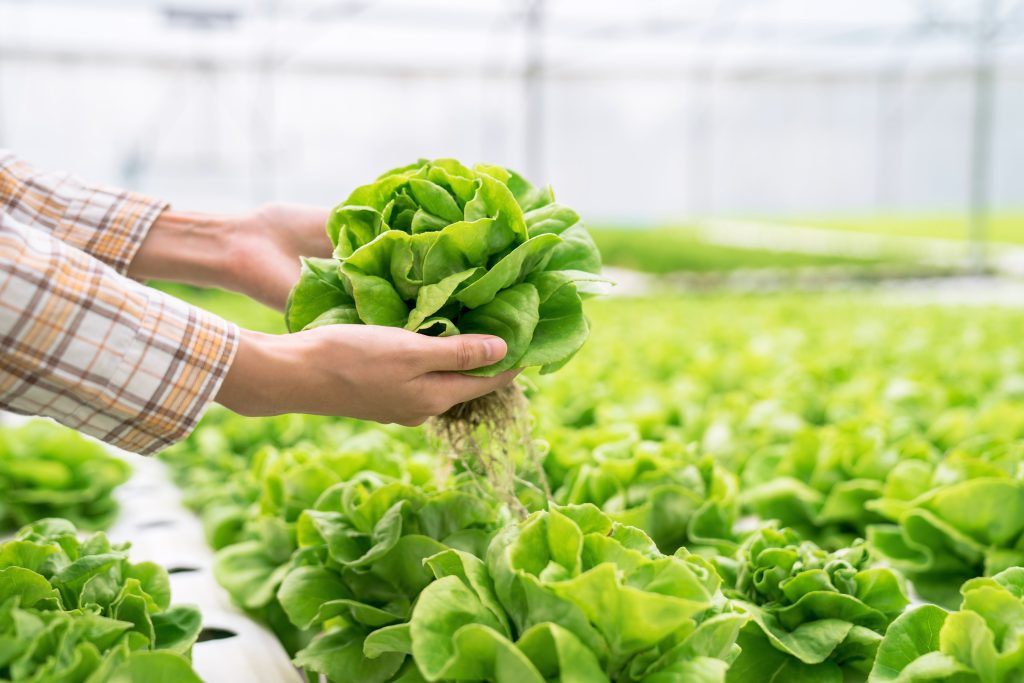
Say goodbye to the whims of Mother Nature. With hydroponic gardening, you’re the weather wizard. You control the climate, which means you can grow basil in December or strawberries in February. Your plants are blissfully unaware of the snowstorm raging outside, and that means your income isn’t tied to the seasons.
Imagine serving up fresh cucumbers when everyone else’s gardens are hibernating under a blanket of snow. Your customers will think it’s magic (and so will your bank account). Year-round production also allows for better planning and steadier cash flow, which is music to the ears of any savvy urban farmer.
This controlled environment not only stabilizes your income but also can lead to higher quality produce. In a world where farm-to-table isn’t just a trend but a way of life for many, fresh year-round produce is as close to hitting the jackpot as you can get without buying a lottery ticket.
3. Space Efficiency
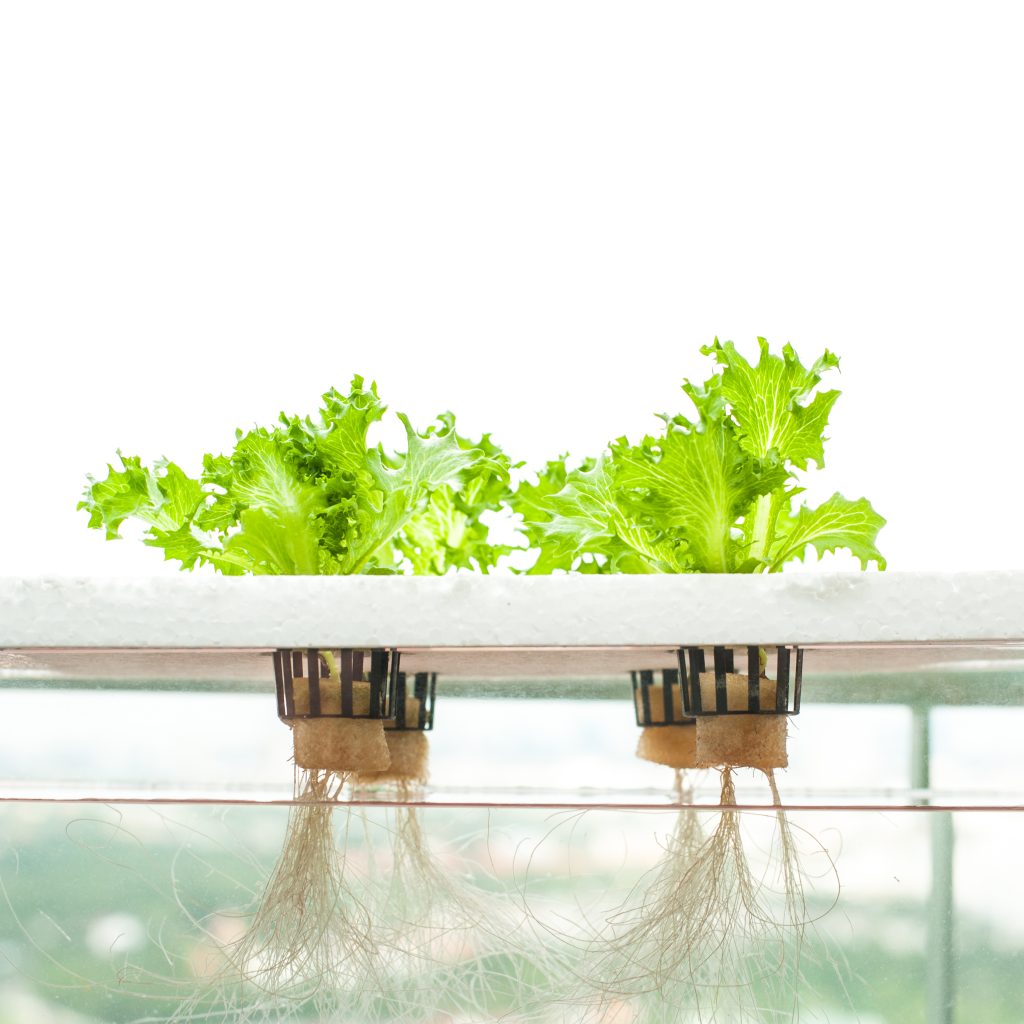
Hydroponic systems are like the tiny homes of agriculture—they pack a whole lot of living in a small footprint. You can stack them vertically, hang them on walls, or tuck them into corners. It’s all about making the most of the space you have.
In my own experience, I’ve transformed a modest balcony into a leafy oasis, producing more herbs and greens than I could have imagined in such a compact area. This kind of space efficiency is especially valuable in urban areas where square footage is at a premium.
Plus, with hydroponics, you’re not just limited to leafy greens and herbs. With the right setup, you can grow vining plants like tomatoes and cucumbers, all reaching for the sky in a glorious green tower. It’s vertical farming at its finest, and it’s a sight to behold.
4. Reduced Water Usage
Water is the lifeblood of any garden, but hydroponic systems are like the camel of the plant world—they make every drop count. These systems use up to 90% less water than traditional soil gardening because the water is recirculated. It’s a conservationist’s dream come true.
In my setup, I’ve seen the water savings firsthand. It’s remarkable how little I need to top up the system. It’s not just good for the environment; it’s good for your wallet, too, especially in urban areas where water costs can be sky-high.
Less water waste also means fewer nutrients running off into the environment. It’s a win-win: you’re not only saving money and resources, but you’re also being a responsible steward of the environment, which is something to feel good about.
5. High Demand for Produce
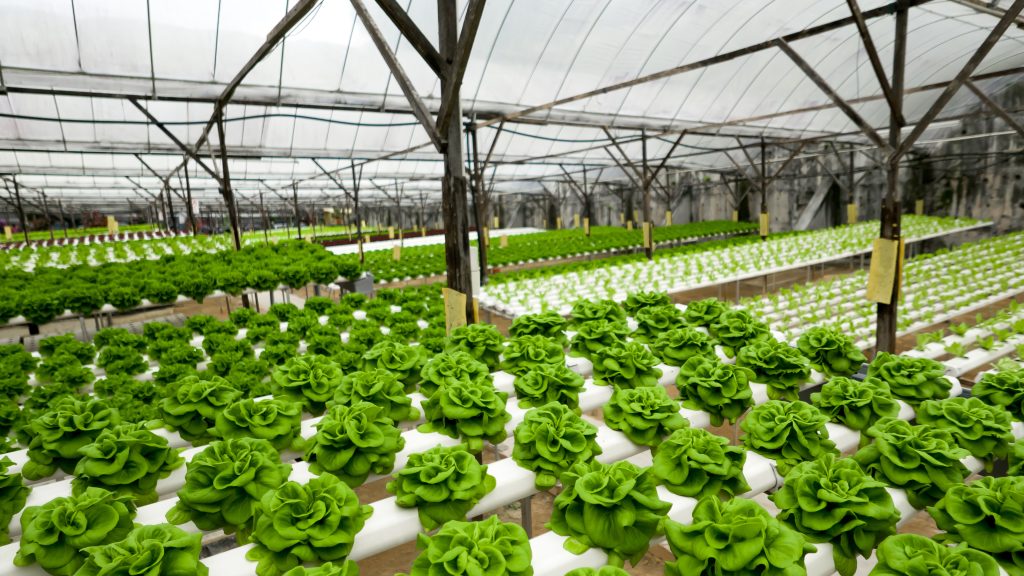
Let’s talk about the green that grows from your greens. There’s a burgeoning market for fresh, locally grown produce, and hydroponic gardening puts you right in the thick of it. People are willing to pay top dollar for veggies that scream freshness and quality.
In cities, the farm-to-fork movement is more like a sprint than a stroll. Restaurants, farmer’s markets, and health-conscious consumers are on the lookout for the best produce they can find. And when you can offer them crisp lettuce or juicy tomatoes that were still growing hours before they hit the plate, you’ve got a competitive edge that’s hard to beat.
I’ve seen urban hydroponic farmers become local celebrities, with people clamoring for their next harvest. It’s not just about the produce; it’s about the story you can tell—a tale of sustainable, high-tech farming that resonates with modern consumers.
Cost Analysis of Hydroponic Farming
Setting up a hydroponic farm isn’t pocket change, but think of it as investing in a high-yield bond. The initial costs can be steep—think grow lights, pumps, and the system itself—but the returns can be impressive. It’s like front-loading your investment to reap continuous dividends down the line.
Operating costs can vary, but they often include nutrients, water, electricity for lights and pumps, and sometimes labor, if your operation is large enough. However, because of the efficiency and productivity of hydroponic systems, these costs can be offset by the volume and frequency of your harvests.
It’s important to keep a detailed ledger and be mindful of your expenses. I’ve learned that careful budgeting and resource management are key to turning your hydroponic garden into a cash crop. With the right planning, your urban farm can flourish financially.
In the video, AmHydro explains –
AmHydro
- Introduction to Hydroponic Business Models: The speaker introduces two types of hydroponic business models – the “get growing packages” suitable for individuals or families and larger setups for those wanting to run a half acre or more.
- Basic Cost Inputs: The fundamental costs for a hydroponic business include the greenhouse, growing system (NFT system and bucket system), and some additional operational costs.
- Primary Revenue Source: The primary source of revenue for hydroponic businesses is selling produce. The speaker briefly mentions other potential revenue streams such as making the farm a destination or hosting events.
- Considerations for Land: Depending on the size of the operation, leasing or renting land is a cost consideration. Larger operations need more land, and land clearing is an additional expense.
- Greenhouse Costs: Greenhouses are a significant investment, ranging from $80 to $240 per square foot for commercial-quality structures. Considerations include whether to have a cement pad and the additional costs associated with it.
- Permitting Process: Obtaining permits for the greenhouse is crucial. The speaker emphasizes the importance of engineered-stamped drawings to facilitate the permit approval process.
- Construction Costs: Construction typically accounts for about 60% of the greenhouse cost. While some may choose to do it themselves, professional assistance, especially from tradesmen like electricians, is recommended.
- Environmental Controllers: The environmental controller is essential for managing various aspects of the greenhouse, such as temperature, humidity, lights, and CO2 levels. Different companies provide these controllers.
- Tank House: A tank house is necessary for storing nutrients and controls for the hydroponic system. It also serves as a storage shed. For larger operations, a packing house may be required.
- Growing System Costs: The NFT growing system, suitable for the “get growing package,” costs around $51,000, inclusive of growing supplies. Larger systems may have a cost of $10 to $12 per square foot. Growing supplies include seeds, nutrients, additives, and packaging materials.
Marketing Your Hydroponic Crops
Marketing your hydroponic crops is like telling a great story—it’s all about engagement. Social media is your best friend here, showcasing the vibrancy and innovation of your urban farm. Customers love to see where their food comes from, and a well-curated Instagram feed can be just as nourishing as the produce itself.
Don’t underestimate the power of word-of-mouth either. Happy customers are your best ambassadors. Offer samples, host farm tours, or run workshops. The more people know and talk about your farm, the more your reputation will grow—just like your plants.
Remember, you’re not just selling lettuce or herbs; you’re selling an experience, a piece of the future of farming. Your branding should tell that story, highlighting the sustainability and technology behind your crops. It’s about creating a connection that turns a one-time buyer into a lifelong customer.
Challenges in Hydroponic Agriculture
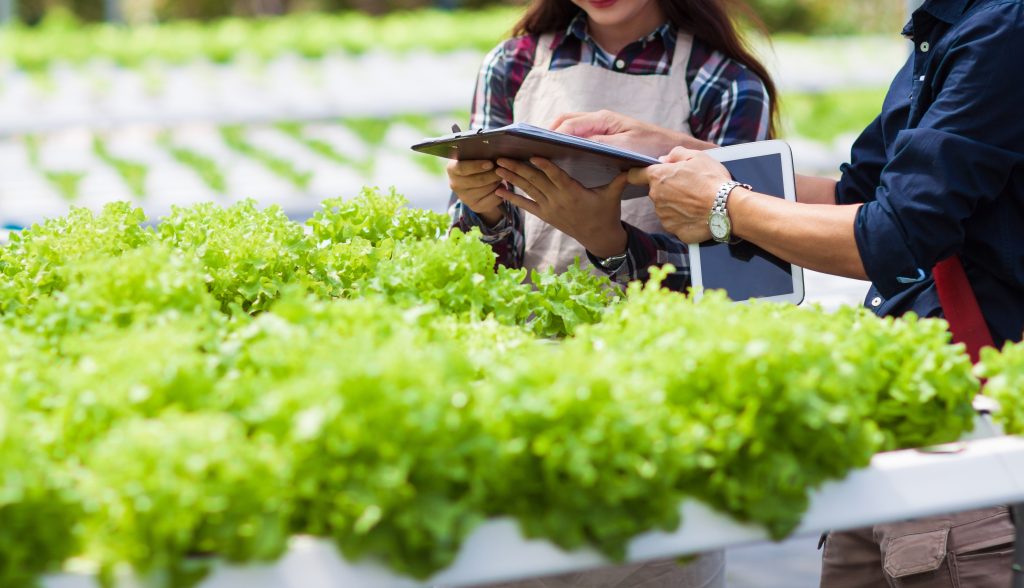
It’s not all sunshine and rainbows in the world of hydroponics. Like any farming method, it has its challenges. Diseases and pests can still be a problem, and they can spread like wildfire if not managed properly. It’s like playing Whack-A-Mole with microscopic critters.
There’s also the learning curve. Balancing nutrients and pH levels can feel like you’re back in high school chemistry class, and troubleshooting system issues can test your patience. I’ve spent many an afternoon scratching my head over a wonky pump or a sudden drop in pH.
But don’t let this deter you. Every challenge is an opportunity to learn and improve. With each hurdle you overcome, you become a more skilled and resilient farmer. And trust me, the rewards are worth the effort.
Future of Hydroponic Farming
The future of hydroponic farming is as bright as the LEDs in your grow room. With continued advancements in technology and a growing emphasis on sustainable food sources, hydroponic gardening is poised to play a major role in urban agriculture. It’s like being on the ground floor of a green skyscraper that’s only going up.
Innovations in automation and AI are making hydroponic systems smarter and more efficient, reducing labor and increasing yields. And as urban populations continue to grow, the demand for fresh, local produce will only increase. Hydroponic farmers are at the forefront of meeting this demand.
So, whether you’re a budding entrepreneur or a seasoned green thumb, hydroponic gardening offers a fertile ground for growth—both for your plants and your bank account. It’s an exciting time to be part of this green revolution.
Hydroponic gardening is more than just a trend; it’s a testament to human ingenuity and the pursuit of sustainable living. As urban gardeners, we have the opportunity to sow seeds that benefit not just our wallets, but also our communities and our planet. Now, let’s get growing!

